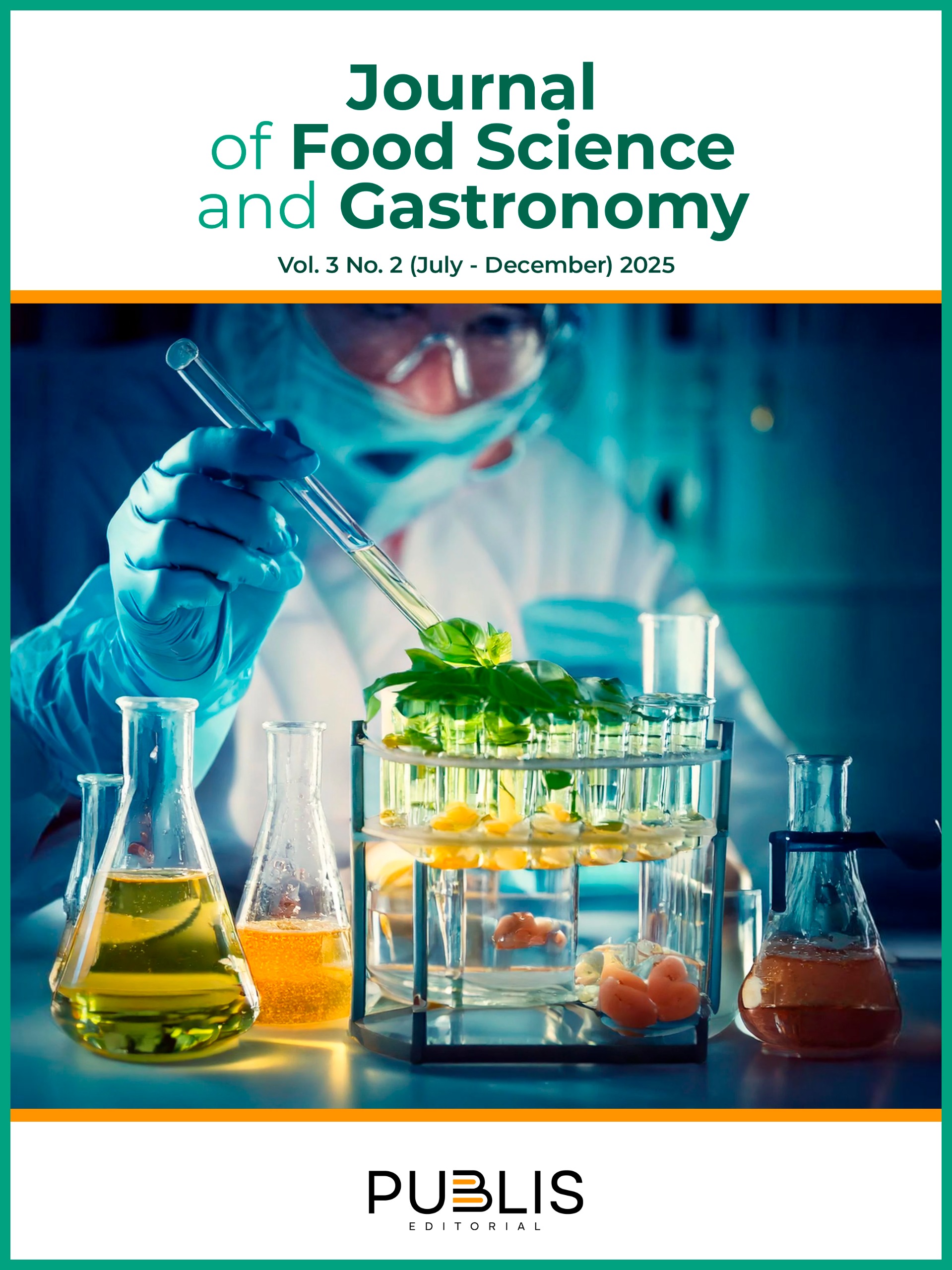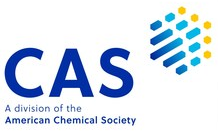Evaluation of the pasteurization process and its relationship with quality defects in bottled beer
DOI:
https://doi.org/10.5281/zenodo.16741117Keywords:
pasteurization, bottled beer, pasteurization units, microbial stability, quality controlAbstract
This study evaluated the pasteurization process at the “Guido Pérez” Brewery to identify the causes of bottled beer returns due to quality defects. Defective samples were analyzed, and a 3² factorial experiment was conducted, combining temperatures of 55, 60, and 65 °C with residence times of 20, 25, and 30 minutes. Pasteurization units (PU) were determined, and microbiological and sensory analyses were conducted over a 20-day storage period. Results showed that 41% of returns were due to pasteurization failures linked to operational issues, while the remaining 59% were caused by physical contamination such as residues and dirty bottles. A treatment of 60 °C for 25–30 minutes (25–30 PU) provided a balance between microbial safety and sensory preservation. Lower thermal intensities were insufficient, while higher ones led to overpasteurization. The study concluded that optimizing thermal parameters and improving packaging hygiene can enhance product quality and reduce economic losses.
Downloads
References
Carvalho, G., Leite, A. C., Leal, R., & Pereira, R. (2023). The role of emergent processing technologies in beer production. Beverages, 9(1), 7. https://doi.org/10.3390/beverages9010007
Ciont, C., Epuran, A., Kerezsi, A. D., Coldea, T. E., Mudura, E., Pasqualone, A., Zhao, H., Suharoschi, R., Vriesekoop, F., & Pop, O. L. (2022). Beer safety: New challenges and future trends within craft and large-scale production. Foods, 11(17), 2693. https://doi.org/10.3390/foods11172693
Di Domenico, M., Feola, A., Ambrosio, P., Pinto, F., Galasso, G., Zarrelli, A., Di Fabio, G., Porcelli, M., Scacco, S., Inchingolo, F., Quagliuolo, L., Ballini, A., & Boccellino, M. (2020). Antioxidant effect of beer polyphenols and their bioavailability in dental-derived stem cells (D-dSCs) and human intestinal epithelial lines (Caco-2) cells. Stem Cells International, 2020, 8835813. https://doi.org/10.1155/2020/8835813
Ding, J., Hou, X., Li, J., Zhao, X., & Hu, S. (2025). The effects of pasteurization and beer type on the functional compounds and flavor substances in beer. Beverages, 11(3), 63. https://doi.org/10.3390/beverages11030063
Garavaglia, C., & Swinnen, J. (2017). Economic perspectives on craft beer: A revolution in the global beer industry. Palgrave Macmillan. https://doi.org/10.1007/978-3-319-58235-1
Hornsey, I. S. (2003). A history of beer and brewing. Royal Society of Chemistry. https://doi.org/10.1039/9781847550026
ISO 21527-1. (2008). Microbiology of food and animal feeding stuffs — Horizontal method for the enumeration of yeasts and moulds. Part 1: Colony count technique in products with water activity greater than 0.95.
ISO 4833-1. (2013). Microbiology of the food chain — Horizontal method for the enumeration of microorganisms. Part 1: Colony count at 30 °C by the pour plate technique.
Junqi, D., Xianhui, Z., & Jianzhang, W. (2018). Experimental study on thermal hydraulic performance of plate-type heat exchanger applied in engine waste heat recovery. Arabian Journal for Science and Engineering, 43, 1153–1163. https://doi.org/10.1007/s13369-017-2765-y
Karabín, M., Hudcová, T., Jelínek, L., & Dostálek, P. (2016). Biologically active compounds from hops and prospects for their use. Comprehensive Reviews in Food Science and Food Safety, 15(3), 542–567. https://doi.org/10.1111/1541-4337.12201
Martínez-Moreno, F., Solís, I., & Igartua, E. (2024). Barley history and breeding in Spain. Agriculture, 14(10), 1674. https://doi.org/10.3390/agriculture14101674
Milani, E. A., & Silva, F. V. M. (2022). Pasteurization of beer by non-thermal technologies. Frontiers in Food Science and Technology. https://doi.org/10.3389/frfst.2021.798676
Nelson, M. (2005). The barbarian’s beverage: A history of beer in ancient Europe. Routledge.
Rothe, J., Fischer, R., Cotterchio, C., Gastl, M., & Becker, T. (2023). Analytical determination of antioxidant capacity of hop-derived compounds in beer using specific rapid assays (ORAC, FRAP) and ESR-spectroscopy. European Food Research and Technology, 249, 81–93. https://doi.org/10.1007/s00217-022-04135-3
Szpicer, A., Bińkowska, W., Stelmasiak, A., Zalewska, M., Wojtasik-Kalinowska, I., Piwowarski, K., Piepiórka-Stepuk, J., & Półtorak, A. (2025). Computational fluid dynamics simulation of thermal processes in food technology and their applications in the food industry. Applied Sciences, 15(1), 424. https://doi.org/10.3390/app15010424
Tan, Z., Gong, X., Zhang, J., Shi, S., Liu, C., Wang, Y., … Meng, L. (2024). Strategies for detection and control of microorganisms contamination in fermented foods: A review. CyTA - Journal of Food, 22(1). https://doi.org/10.1080/19476337.2024.2401031
Yin, H., Deng, Y., He, Y., Dong, J., & Lu, J. (2017). A preliminary study of the quality attributes of a cloudy wheat beer treated by flash pasteurization. Journal in Brewing Science, 123(3), 366–372. https://doi.org/10.1002/jib.429
Zugravu, C. A., Medar, C., Manolescu, L. S. C., & Constantin, C. (2023). Beer and microbiota: Pathways for a positive and healthy interaction. Nutrients, 15(4), 844. https://doi.org/10.3390/nu15040844.
Published
Data Availability Statement
The datasets used and/or analyzed during the current study are available from the corresponding author on reasonable request.
Issue
Section
License
Copyright (c) 2025 Osmaida Vinajera, Belquis I. González (Author)

This work is licensed under a Creative Commons Attribution-NonCommercial-ShareAlike 4.0 International License.






































